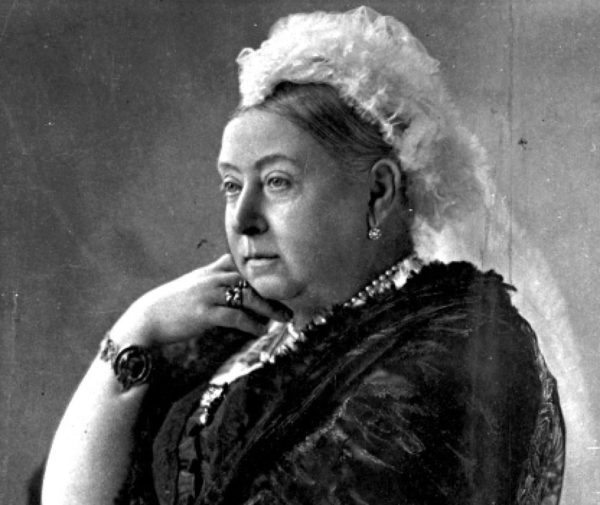James Wrigley formed the streets now called Victoria and Albert Streets when he broke up his small suburban farm for housing in 1878 – but he was not the only person who wanted to use these royal names for streets.
At the same time that Wrigley was forming his streets, Richard Kibblewhite was proposing to establish a sub-division of his own on his Upper Plain farm. Although many streets were planned only a few were ever built. One of these he intended to call Albert Street.
The Masterton Borough Council, having already accepted Wrigley’s plans and his use of the royal names, insisted Kibblewhite’s street be renamed Carverthen Street. They similarly insisted that his proposed Victoria Street be renamed Clanmorgan Street. This street was finally formed in 2004, and named Joan Allen Lane.
These two Upper Plain streets were planned to run into William and Mary Streets, two streets that ran east from Kibblewhite Road. These streets named after Victoria and Albert’s royal predecessors were amalgamated into one street, Mary Street in 1969.
The name Mary Street, however, was also applied to a proposed street in Masterton – and again associated with the royal couple.
A paper road of this name connected the true Victoria Street to Villa Street, but was finally closed off in the early years of this century. Children attending the Side School in Wrigley Street used it as a pedestrian track.
There was also a Regent Street planned in the Victoria Street area, a small street designed to connect Victoria and Albert Streets, but this street was never formed.
In the end James Wrigley had the major victory, claiming the names of Victoria and Albert for his streets, but Kibblewhite did manage to retain Mary Street for his subdivision.
Pic:

